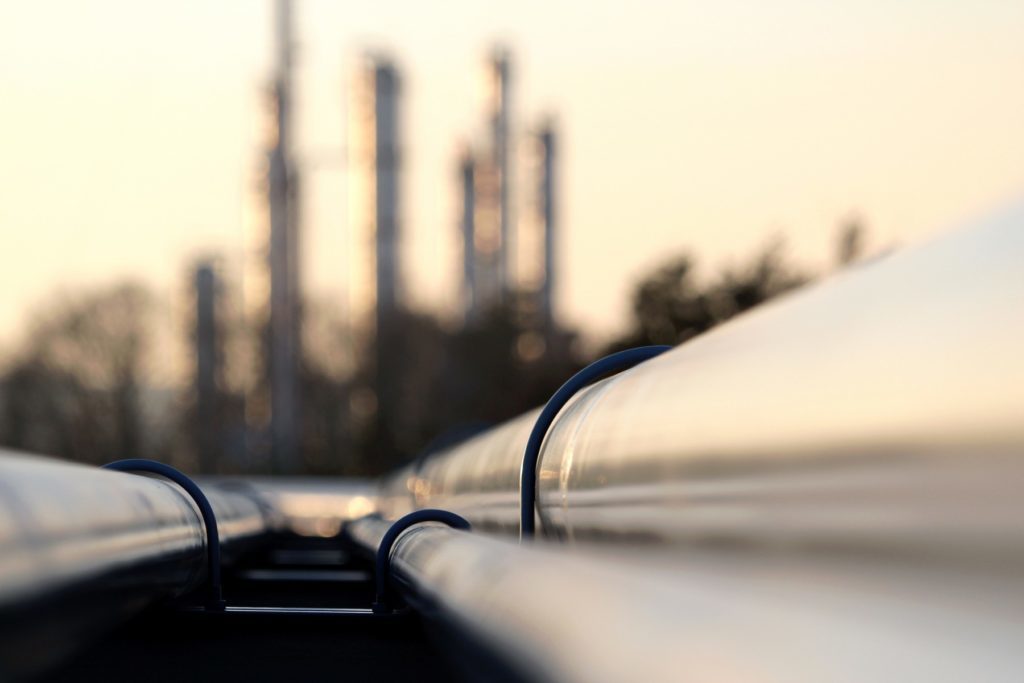
The North Sea is known for adapting to change and this year has demonstrated an indication of resilience in the sector. Confidence has slowly returned to a market which has changed dramatically in the last five years.
There has been an encouraging uptick in activity for DNV GL in the North Sea, in comparison to last year, and we find changed priorities emerging as we prepare for a very different energy future. Operators of all sizes are thinking more about the energy transition in the face of regulatory frameworks, government targets and their own consideration of environmental factors. Decarbonisation and carbon capture and storage (CCS) are high on the agenda too, with technology and digital tools unlocking efficiencies.
Our own research, the Energy Transition Outlook 2019 foresees a shift towards cleaner energy with gas, the transition fuel, becoming the largest single fuel source from 2026 and peaking in 2033. It shows a long-term move to bio-fuels, electrification, hydrogen and renewables up to 2050 after the global requirement for oil peaks in the mid-2020s. Digitally-enabled technologies such as directional drilling and steerable drill bits and enhanced seismic backed by advanced data analytics will be crucial to ensure that exploration and production is economic and efficient.
Our ninth annual survey, A test of resilience: the outlook for the oil and gas industry in 2019 (IO19) reported confidence returning among operators but, more pivotal, is that it is slowly returning to the supply chain. It showed that confidence in the UK’s oil and gas sector outlook quadrupled in two years, from 18% to 71%. Meanwhile, 68% of senior professionals in the sector expected to increase or maintain capital expenditure in 2019.
For these industry leaders and technology innovators, changes are becoming complete redesigns in processes. Offshore operations will look increasingly different over the next five years, which is widely seen as a positive. This appetite for change is why many fields are now operated by private equity-backed ventures and securing the highest production levels experienced in more than eight years. Recruitment is firmly back on the agenda after four years of consistent reduction. This trend is uplifting.
A strategic shift is taking place, with pull back on some mega projects but investment in areas such as increased efficiency, research and development, innovation and digitalization.
Decarbonization will take centre stage as the industry moves forward. It is widely acknowledged that all major routes to deeply decarbonise rely on the large-scale uptake of carbon capture and storage (CCS). Its future largely lies in the hands of policymakers setting a higher carbon price than the cost of technology or supporting investments from taxation. Industry can also play a role in stimulating quicker adoption by focusing on finding ways to reduce the cost of CCS technology.
Large-scale uptake of CCS will unlock significant opportunities for hydrocarbon and renewable energy technologies to work together towards a more sustainable energy mix. To achieve this, the energy industry must shift its mindset from “gas vs renewables” to “gas and renewables”.
I also prefer the phrase “the cheapest barrel is the cleanest barrel” to the current trend of “net zero”, since we have to acknowledge we are still producing hydrocarbons even if we manage: zero flaring, zero fugitive emissions, and renewable power generation, for example. However, these actions are not just good for the environment but also for the bottom line – it is just good business.
For real net zero, we cannot move on without mentioning hydrogen and the valuable contribution it could make to complement electricity in decarbonizing national energy systems. Several gas distribution networks in the UK are working on projects to inject 100% hydrogen, or hydrogen and natural gas blends, into the network by 2030.
The government-funded H21 North of England initiative – led by Northern Gas Networks (NGN) for all UK distribution system operators – is researching and testing the distribution of hydrogen in the country’s existing natural gas networks. DNV GL’s Spadeadam Research and Test Centre is performing critical safety studies, the findings of which will be used in the quantitative risk analysis assessment for H21 to support the safety case.
Recommended for you

